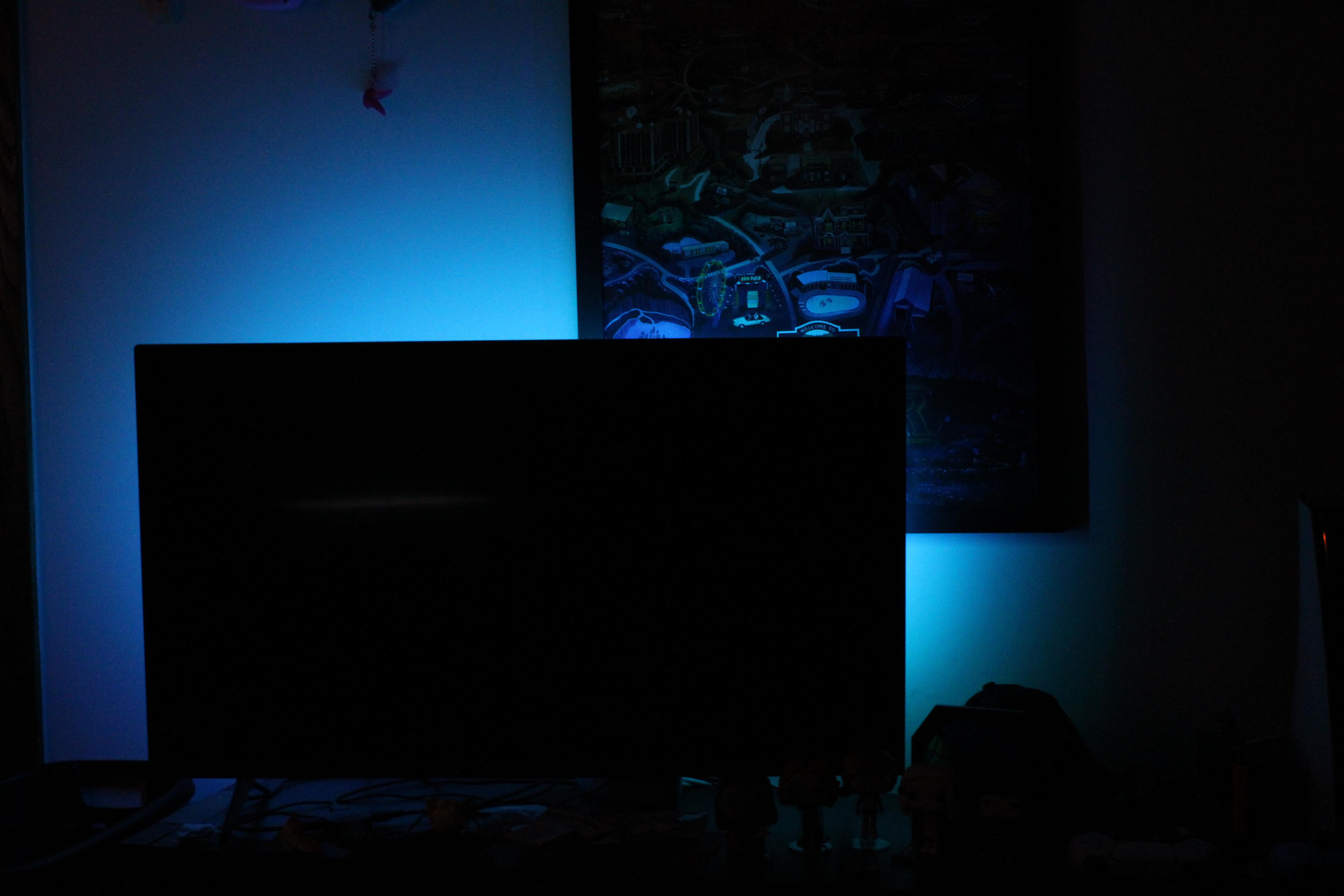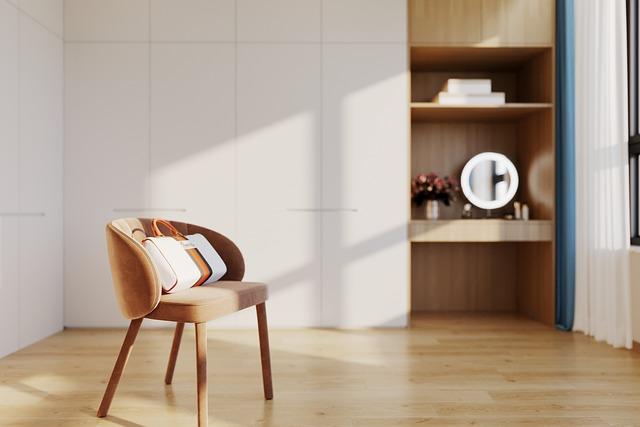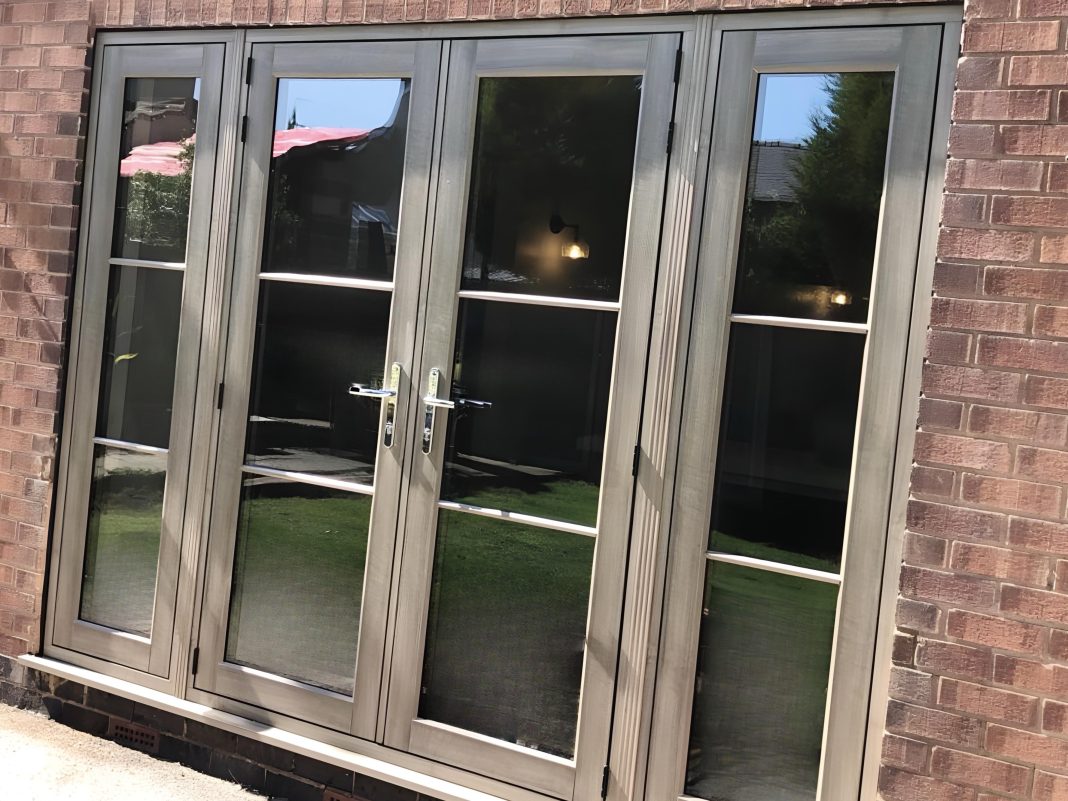In recent years, the concept of indoor-outdoor living has transcended from a mere design trend to a fundamental aspect of modern architecture and lifestyle. As homeowners increasingly seek to harmonize their living spaces with the natural environment, the demand for creating seamless transitions between indoor and outdoor areas has surged. This analytical exploration delves into the strategies and design principles essential for crafting an uninterrupted flow between these spaces. By examining key elements such as architectural design, material selection, and functional landscaping, we will provide a comprehensive guide to achieving a harmonious indoor-outdoor living experience that enhances both aesthetic appeal and practical functionality. With confidence in the transformative power of well-integrated spaces, this article aims to equip you with the insights necessary to elevate your home into a sanctuary that embraces the best of both worlds.
Maximizing Spatial Flow with Thoughtful Design
In the pursuit of a seamless indoor-outdoor living experience, the key lies in designing spaces that encourage natural movement and visual harmony. Open floor plans and strategically placed furniture play a pivotal role in achieving this flow. By minimizing physical barriers and ensuring a continuity of materials, such as consistent flooring or similar color palettes, you create an inviting transition between your indoor and outdoor spaces. Consider using large sliding glass doors or bi-fold doors that open wide to blur the boundaries, allowing natural light to flood in and offering unobstructed views of the outdoors.
- Multi-functional Spaces: Design areas that can serve multiple purposes, such as a dining area that transitions into a lounge space.
- Harmonious Decor: Utilize decor elements like plants, textiles, and art that complement both indoor and outdoor aesthetics.
- Lighting: Integrate a mix of natural and artificial lighting to highlight pathways and create ambiance, enhancing the sense of openness.
By focusing on these thoughtful design elements, you can cultivate an environment that feels expansive and interconnected, promoting a lifestyle that embraces the best of both worlds.
Incorporating Natural Elements for a Cohesive Aesthetic
Bringing the outdoors in can create a fluid transition between your indoor and outdoor spaces, enriching your living experience. To achieve this, consider integrating natural elements into your home decor. Incorporating materials such as wood, stone, and rattan not only enhances the visual appeal but also adds texture and warmth. You can opt for wooden furniture with natural finishes or stone accents like marble countertops or slate tiles to mimic the organic feel of the outdoors. Additionally, using fabrics made from natural fibers like cotton, linen, or wool can contribute to a more harmonious environment.
- Greenery: Indoor plants or vertical gardens can blur the lines between inside and outside, providing a sense of continuity.
- Natural Light: Maximize the use of large windows and glass doors to allow sunlight to flood your space, creating a bright and airy atmosphere.
- Earthy Color Palette: Utilize colors found in nature, such as greens, browns, and blues, to evoke a serene and cohesive aesthetic.
These strategies, when thoughtfully applied, can transform your living space into a sanctuary that seamlessly integrates with the natural world, offering both aesthetic beauty and functional comfort.

Optimizing Lighting to Enhance Ambiance and Functionality
Lighting plays a crucial role in crafting a seamless indoor-outdoor living experience, acting as both a functional necessity and an atmospheric enhancer. To effectively bridge the gap between these spaces, consider the following strategies:
- Layered Lighting: Implement a mix of ambient, task, and accent lighting. This approach ensures that each area is well-lit for its intended purpose while also providing flexibility to adjust the mood as needed.
- Natural Light Integration: Maximize the use of natural light by installing large glass doors or windows that open to the outdoor space. This not only improves visibility but also creates a sense of openness and continuity between the indoors and outdoors.
- Smart Lighting Solutions: Utilize smart bulbs and dimmers that allow for customizable lighting schemes. These can be programmed to adjust based on the time of day or specific activities, enhancing both ambiance and energy efficiency.
- Weather-Resistant Fixtures: Ensure that outdoor lighting fixtures are durable and weather-resistant. This not only prolongs their lifespan but also maintains a consistent aesthetic with the indoor decor.
By thoughtfully considering these elements, you can create a harmonious transition between indoor and outdoor spaces, enhancing both their functionality and visual appeal.

Selecting Versatile Furniture for Adaptable Living Spaces
When crafting an indoor-outdoor living experience, the choice of furniture becomes paramount. The key lies in selecting pieces that are both durable and aesthetically versatile, ensuring they can withstand the elements while maintaining a stylish presence. Opt for materials like teak, rattan, or powder-coated metals, which offer resilience against weather changes. Modular furniture is particularly advantageous, as it allows for flexible arrangements, easily transitioning from an intimate indoor setting to a spacious outdoor gathering.
- Convertible Sofas: Perfect for both lounging indoors and relaxing on the patio.
- Folding Tables: These can be expanded for dining or collapsed to save space.
- Outdoor Rugs: Choose weather-resistant textiles that can add warmth to both environments.
- Multi-use Ottomans: Use them as extra seating, a coffee table, or storage space.
Furthermore, integrating furniture with dual functionality enhances adaptability. Think of benches with storage or tables with adjustable heights. Such pieces not only maximize utility but also maintain a cohesive aesthetic, blurring the boundaries between indoor and outdoor realms. By prioritizing adaptability in your furniture choices, you cultivate a seamless flow that harmonizes with the natural surroundings.



